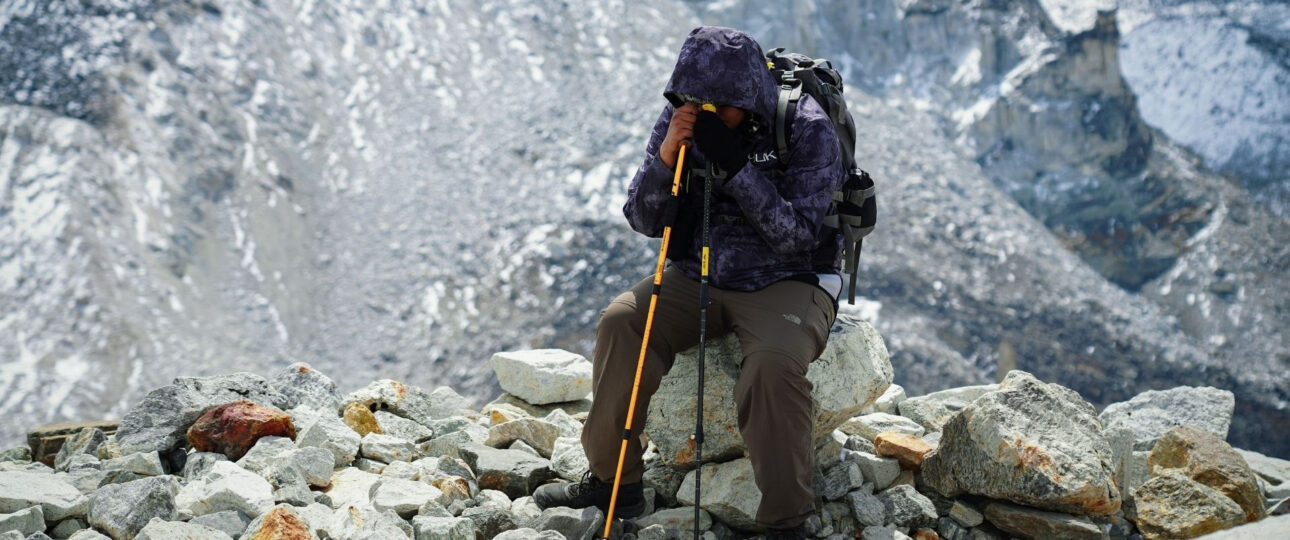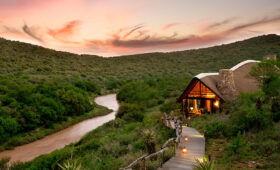Kilimanjaro Altitude Sickness – Symptoms, Prevention and Tips
Kilimanjaro Altitude Sickness: Symptoms, Prevention & Tips
Climbing Mount Kilimanjaro is a thrilling adventure, but as Africa’s highest peak at 5,895 meters (19,341 feet), altitude sickness is a real concern—especially for beginners. Understanding the risks, symptoms, and how to prevent them is key to a safe and successful summit.
What Is Altitude Sickness?
Altitude sickness—also known as Acute Mountain Sickness (AMS)—happens when your body doesn’t adjust well to lower oxygen levels at high elevations. The higher you go, the thinner the air becomes, which can make it difficult for your body to function properly.
Common Symptoms of Altitude Sickness
Symptoms usually start above 2,500 meters and include:
- Headache (most common sign)
- Nausea or vomiting
- Dizziness or lightheadedness
- Fatigue or weakness
- Loss of appetite
- Trouble sleeping
- Shortness of breath at rest
Severe Altitude Illnesses
In rare cases, AMS can progress into more serious conditions:
- HAPE (High Altitude Pulmonary Edema): Fluid in the lungs — causes coughing, chest tightness, and extreme breathlessness
- HACE (High Altitude Cerebral Edema): Brain swelling — causes confusion, difficulty walking, or loss of coordination
If these symptoms occur, immediate descent is critical.
How to Prevent Altitude Sickness on Kilimanjaro
- Choose a Longer Route
Routes like Lemosho, Northern Circuit, or Machame (7+ days) allow for better acclimatization. More days = higher summit success. - Climb “Pole Pole” (Slowly, Slowly)
Our guides set a gentle pace to help your body adapt to the altitude. Rushing increases your risk. - Stay Hydrated
Drink at least 3-4 liters of water per day. Dehydration worsens AMS symptoms. - Eat Well, Even If You’re Not Hungry
High-carb meals give your body the energy it needs to adjust. Our cooks prepare hot, nutritious meals daily. - Avoid Alcohol & Sleeping Pills
These can depress your breathing and worsen acclimatization. - Consider Acetazolamide (Diamox)
This prescription medication can help prevent AMS. Consult your doctor before your trip. - Listen to Your Body
Report any symptoms early. Our experienced guides monitor your health with daily checks and pulse oximeters.
How Mandari Travel Keeps You Safe
- Professional first-aid trained guides
- Daily health monitoring & safety briefings
- Emergency oxygen and portable stretchers
- Evacuation plans and 24/7 ground support
- KPAP-registered ethical climbing operations
Your safety is our priority. We never compromise.
Climb Smart. Summit Safe.
Altitude sickness is serious—but with the right team, itinerary, and precautions, it’s manageable. At Mandari Travel, we give you the tools, support, and guidance to reach Uhuru Peak safely and confidently.
Email: info@mandaritravel.com
📞 Call/WhatsApp: +255 750 900 811
Request a Quote
Let us help you plan a safe and unforgettable Kilimanjaro climb. Fill out the form below for a personalized quote and route recommendation.




